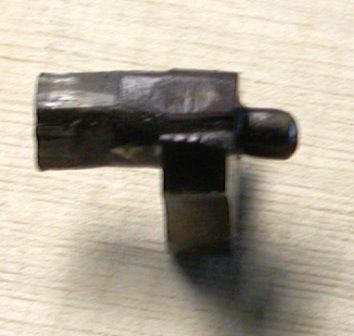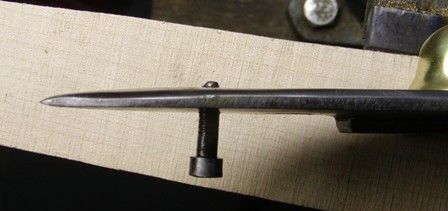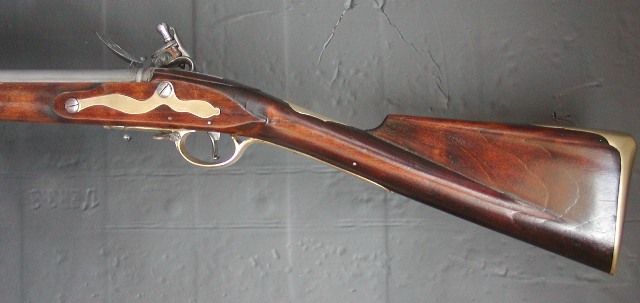I'm just getting into Rev War reenacting/living history with a local American militia unit. I want to get myself a Brown Bess to use for this and a bit of live firing at the range.
My unit's history guru has recommended that I get a bess from Veteran Arms. This particular company says they import Indian gun kits, then do a fair amount of assembly, finishing, frizzen hardening and testing.
A number of people at the range I go to tell me that the Indian guns suffer from poor workmanship and are prone to problems, regardless of any 'finishing' done, and that I'd be much better off spending the extra money for a Pedersoli.
Aside from the lower price, Veteran also offers a much wider range of model years, some of which are more appropriate to the persona I wish to portray, while Pedersoli only appears to make the 1762 version, regardless of who I get it from. Has anyone here ever bought a gun from Veteran Arms or heard anything about them? Any other suggestions that I haven't thought of?
My unit's history guru has recommended that I get a bess from Veteran Arms. This particular company says they import Indian gun kits, then do a fair amount of assembly, finishing, frizzen hardening and testing.
A number of people at the range I go to tell me that the Indian guns suffer from poor workmanship and are prone to problems, regardless of any 'finishing' done, and that I'd be much better off spending the extra money for a Pedersoli.
Aside from the lower price, Veteran also offers a much wider range of model years, some of which are more appropriate to the persona I wish to portray, while Pedersoli only appears to make the 1762 version, regardless of who I get it from. Has anyone here ever bought a gun from Veteran Arms or heard anything about them? Any other suggestions that I haven't thought of?












